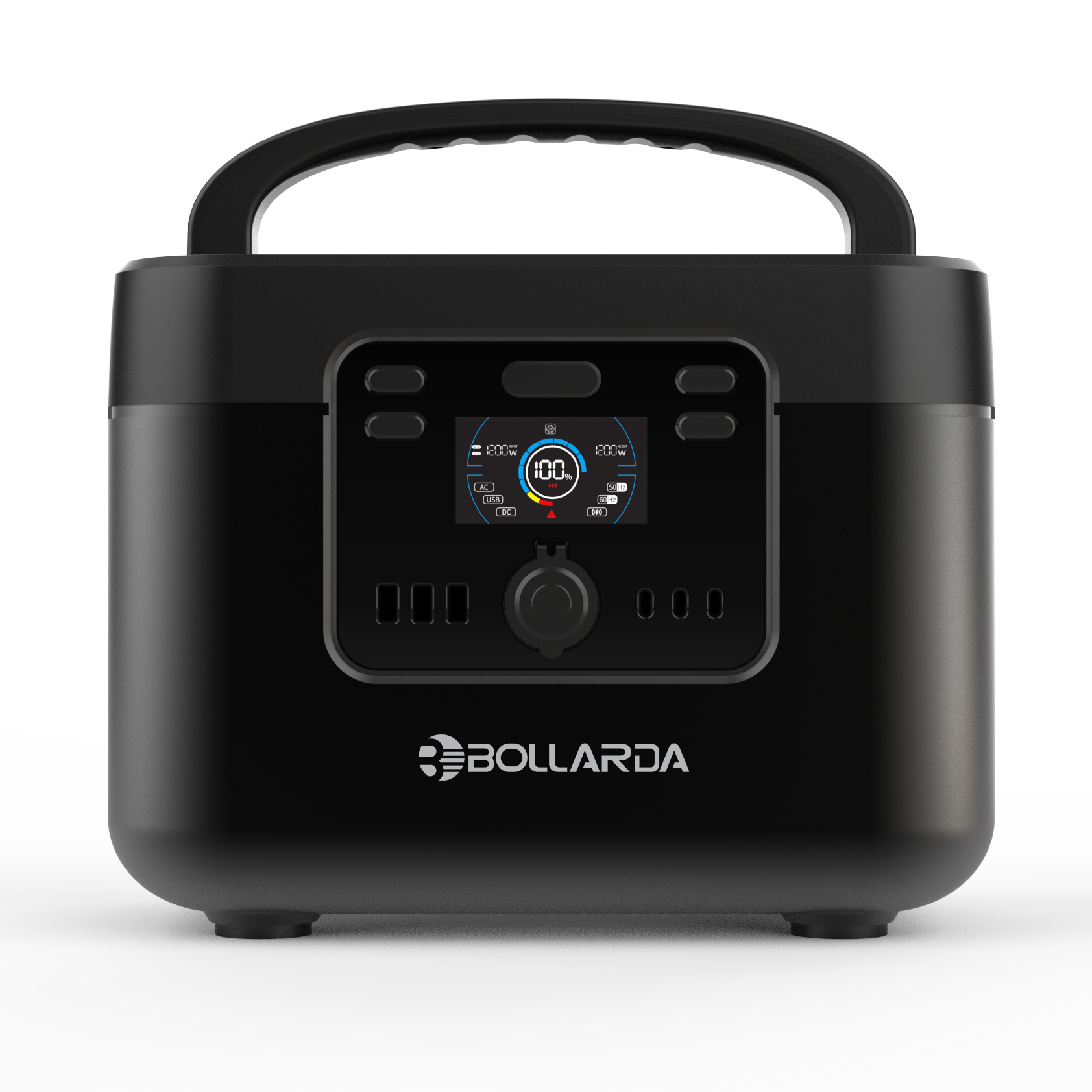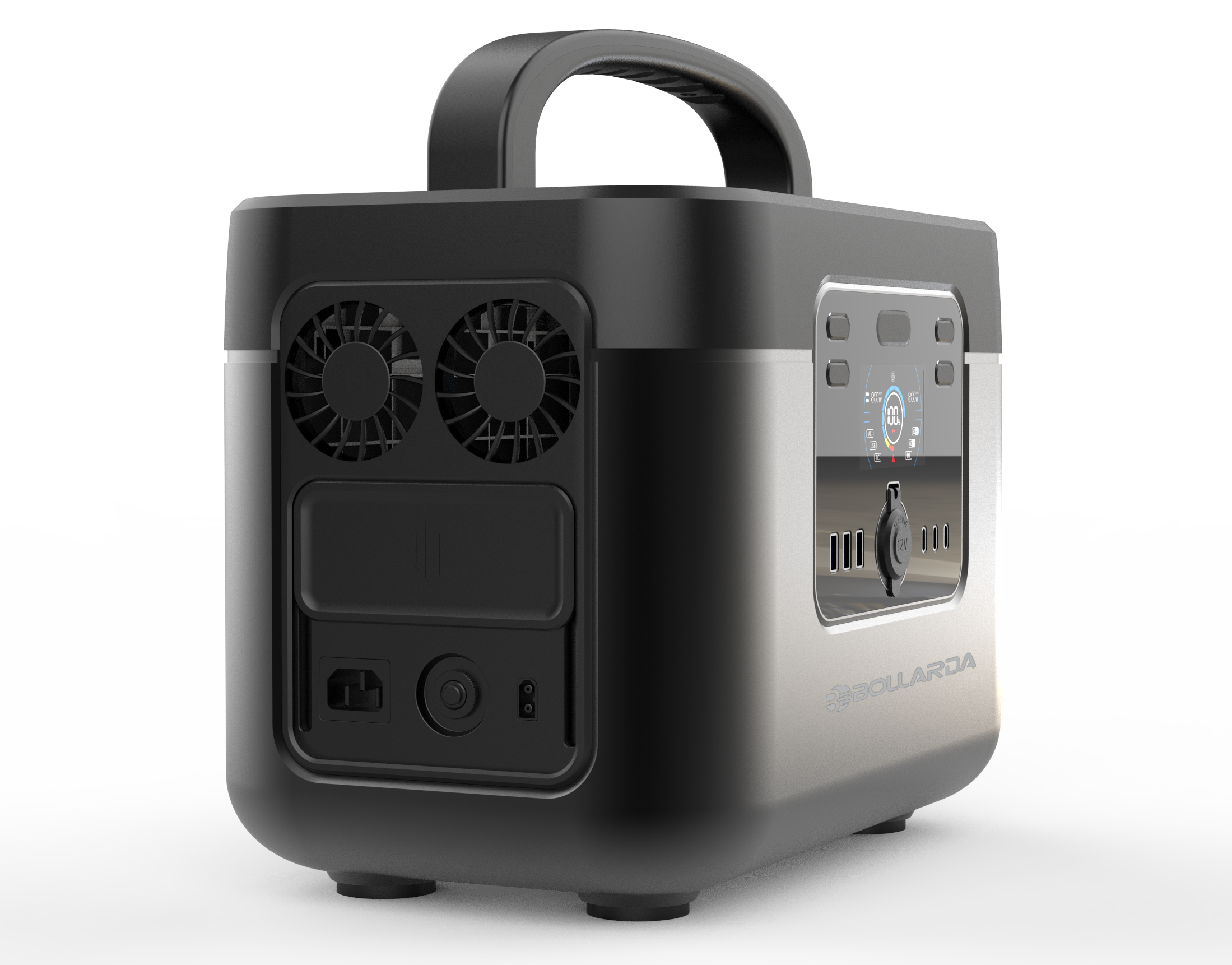Email format error
Email cannot be empty
Email already exists
6-20 characters(letters plus numbers only)
The password is inconsistent
Email format error
Email cannot be empty
Email does not exist
6-20 characters(letters plus numbers only)
The password is inconsistent


The demand for outdoor energy storage power supply station systems has grown a lot in recent years. These systems are useful for many outdoor activities, providing power when there is no access to the electrical grid. Whether you are camping, working outdoors, or need a backup power source in remote areas, an outdoor energy storage power supply station system can help. This guide will explain what these systems are, their benefits, and how to choose the right one.
An outdoor energy storage power supply station system is a portable power unit used to store and provide electricity in outdoor settings. These systems are commonly used in areas where there is no electrical grid. They consist of a battery that stores energy, an inverter to change DC power to AC power, and different ports for charging and powering devices.
These systems can be charged by solar panels, wind turbines, or regular power outlets. They are designed to be easy to carry and protect against weather, making them perfect for outdoor use.
Battery capacity is one of the most important factors. A higher capacity means the system can store more energy. This is important for running multiple devices for longer periods. The power output, measured in watts (W), shows how many devices the system can power at once.
Most systems can be charged in different ways. Many can be charged using solar panels, which makes them useful in areas without access to electricity. Some systems can also be charged from regular AC outlets or car chargers. Having several charging options makes the system more flexible.
These systems are made for outdoor use, so they must be durable. Look for systems with weather-resistant designs. Many systems have features like water-resistant seals and rugged cases that protect the battery and other components from rain, dust, and dirt.
Check the number and types of ports available. Most systems come with USB, AC, and DC output ports. These allow you to charge different devices, such as phones, laptops, or small appliances. Make sure the system has the ports you need.
One big advantage is portability. These systems are small, lightweight, and easy to carry. This makes them ideal for outdoor activities like camping, hiking, and fishing. Instead of relying on traditional power sources, you can bring your own portable power with you.
If you live in a remote area or need power where there is no grid, these systems provide a solution. They allow you to use electricity in places that are not connected to the power grid. This makes them great for cabins, RVs, boats, and other off-grid locations.
During power outages or emergencies, an outdoor energy storage power supply station system can provide backup power. With a full battery, the system can keep lights, refrigerators, medical devices, and communication tools running for several hours or days. This is especially helpful in areas with frequent power outages or extreme weather.
Using renewable energy, like solar power, with an outdoor energy storage system reduces your carbon footprint. These systems are better for the environment compared to traditional fuel-powered generators, which produce pollution and noise.
Outdoor energy storage power supply stations can be used in many situations. Here are some common uses:
Camping is one of the most popular uses for these systems. They let you power lights, fans, cooking equipment, and devices while outdoors. Solar-powered systems are especially useful, as they can charge during the day and provide power at night.
People who travel in RVs or live in mobile homes often use these systems to supply power. They can run lights, entertainment systems, and small appliances like refrigerators and coffee makers. Solar-powered systems are commonly used in RVs to keep energy needs covered without relying on fuel.
For remote workers who need power in far-off locations, the power supply station system can be very helpful. These systems let you charge laptops, phones, and other devices even when you are far from the nearest power outlet.
These systems can be critical during emergencies. If the power goes out during a storm or natural disaster, they provide backup power. You can keep important devices like lights, medical equipment, and communication tools working when the grid is down.

Start by thinking about what devices you need to power and how much energy they need. Charging a phone or laptop requires less power than running a refrigerator or power tools. Make sure the system you choose can handle the power demands of your devices.
If you plan to use the system off the grid, look for one that can be charged by solar panels. Solar charging allows you to use energy from the sun, which is helpful when there is no access to a power outlet.
Look for a system that is lightweight and durable. Since you’ll likely be using it outdoors, choose a system that can withstand rough conditions like rain and dust. Durability is important to ensure the system works well over time.
Check the warranty and customer support offered by the manufacturer. A good warranty can give you peace of mind, and good customer service helps if there are any issues with the system.